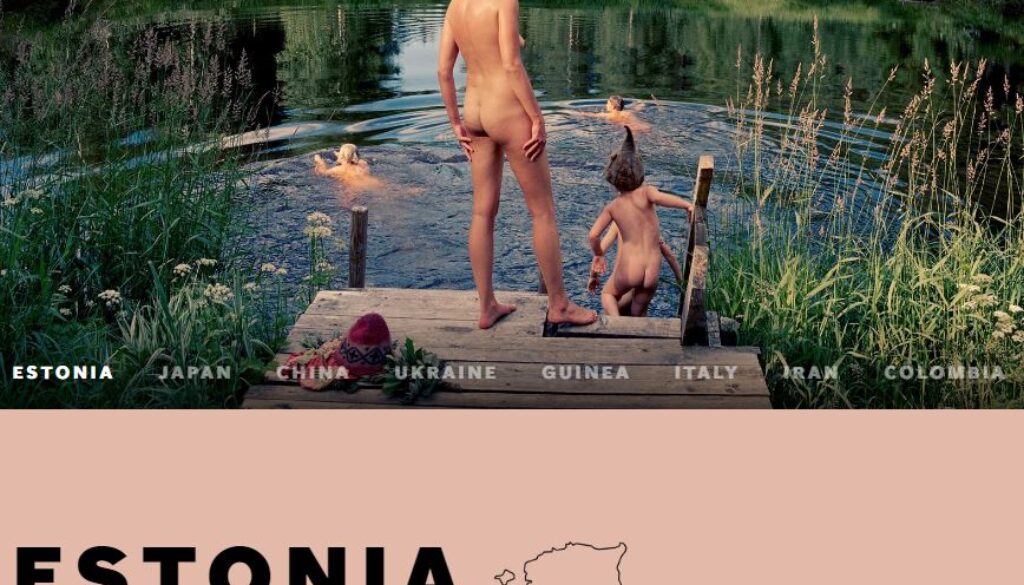Purification in the Smoke Sauna
In the deciduous forests of southern Estonia, small cabins made of logs layered with moss dot the countryside.
These are the smoke saunas — places to bathe bodies and cleanse spirits. The aromas of alder wood and stripped birch, burning below hot stones, waft through the air. Once the stones reach peak heat, the smoke is vented out with the help, it’s said, of a mythical “smoke eater.” Inside the cabin, a caretaker whisks visitors’ skin, delivering gentle beatings with a bouquet of leaves gathered, as at the sauna in Vorumaa at left, from the surrounding woods as the hot air alleviates the anxiety that comes with living in one of the world’s most technologically savvy populations. For three to five hours at a time, Estonians go back and forth from hot cabins to cold ponds nearby.
Generations of Estonian families have marked the special occasions of life and death and healing in these small cottages and communal sweats — the oldest written references to the practice date back to at least the 13th century, and Unesco includes the tradition as a part of “the intangible cultural heritage of humanity.” But the tradition is productive, too: It turns freshly slaughtered livestock and wildlife into smoked meat to be eaten for a post-sauna meal. In a smoke sauna, you are meant to breathe deeply, to relax, to feel the heat and then to plunge into the chill of the pond. Jaime Lowe, The New Yorks Time Magazine
—
See the full article and pictures of HOW DO FAMILIES AROUND THE WORLD SPEND THEIR VACATIONS?
PHOTOGRAPHS BY JOAKIM ESKILDSEN
—




